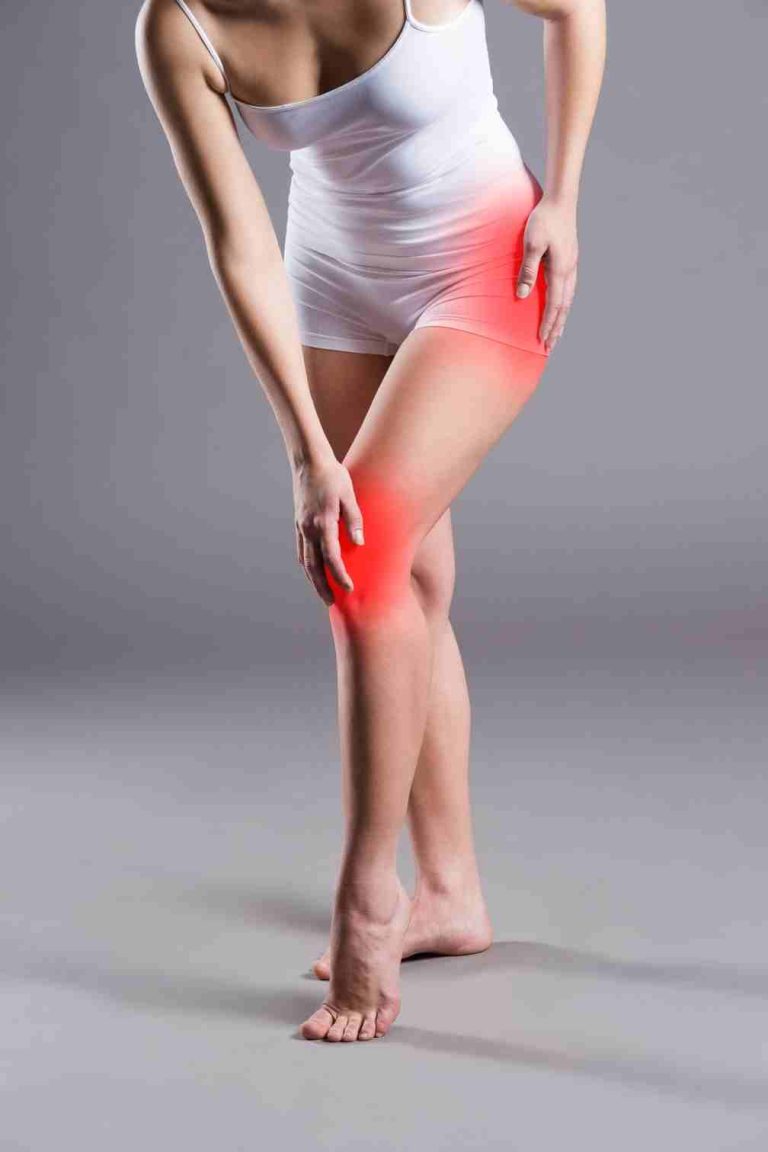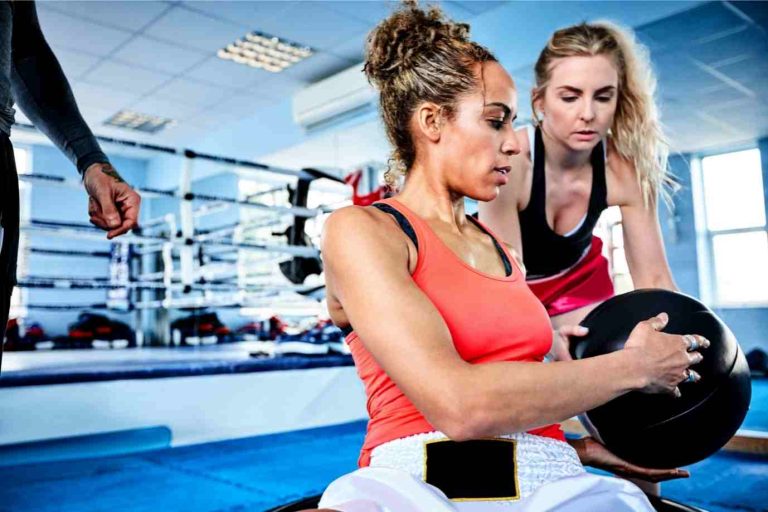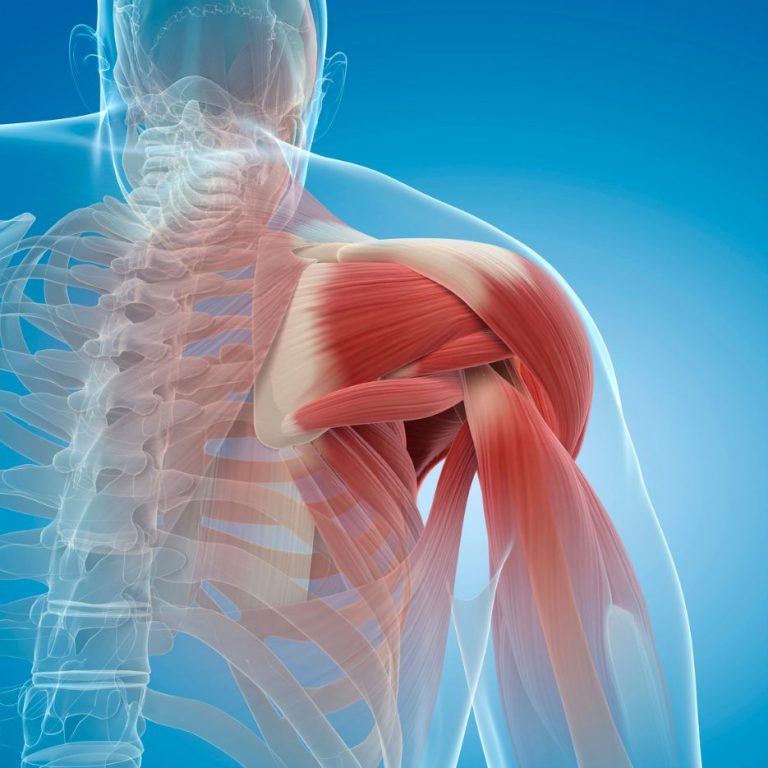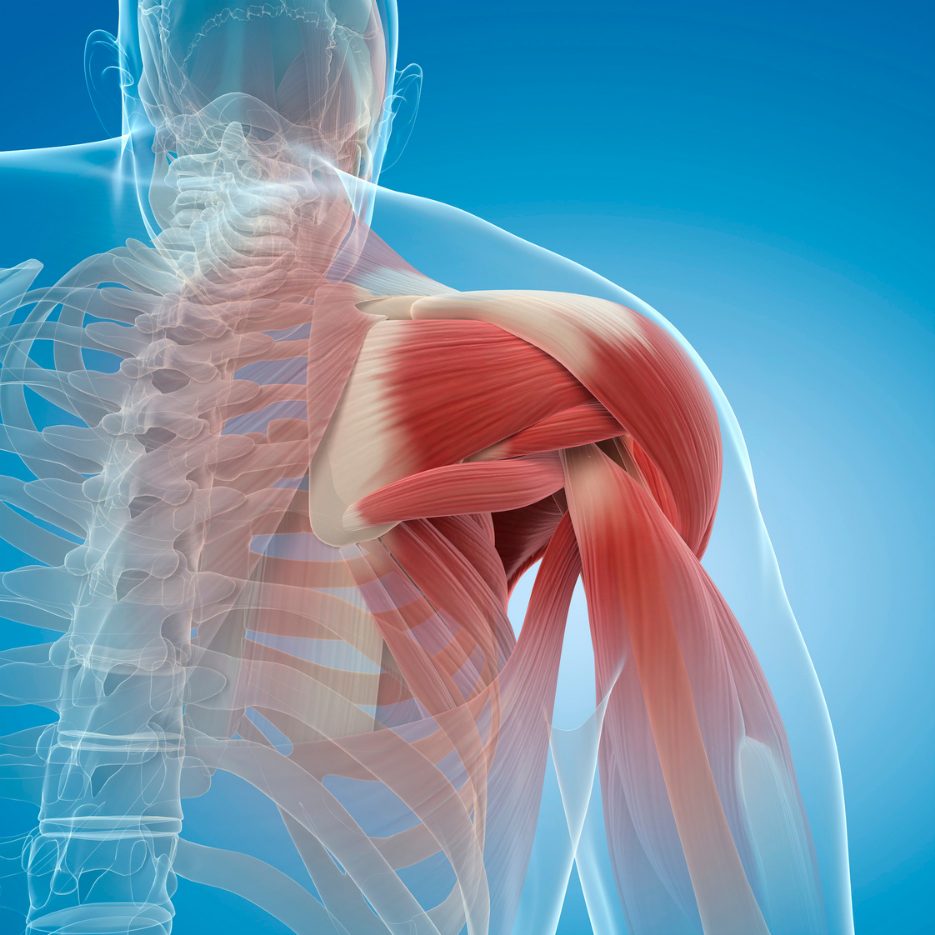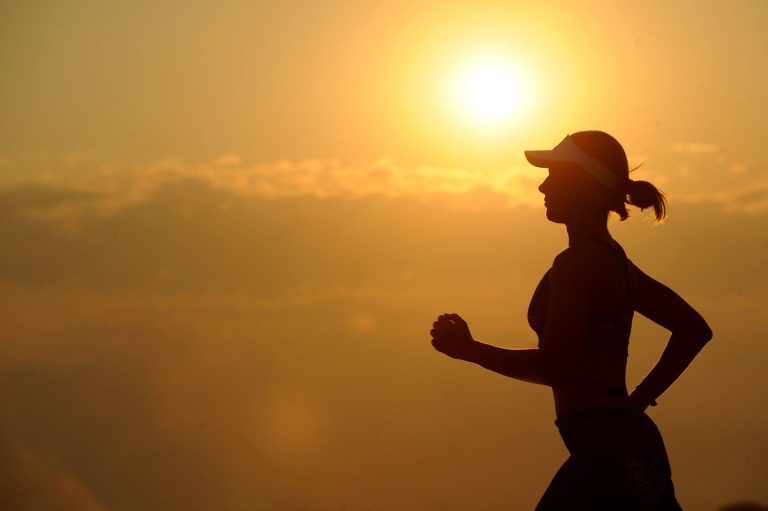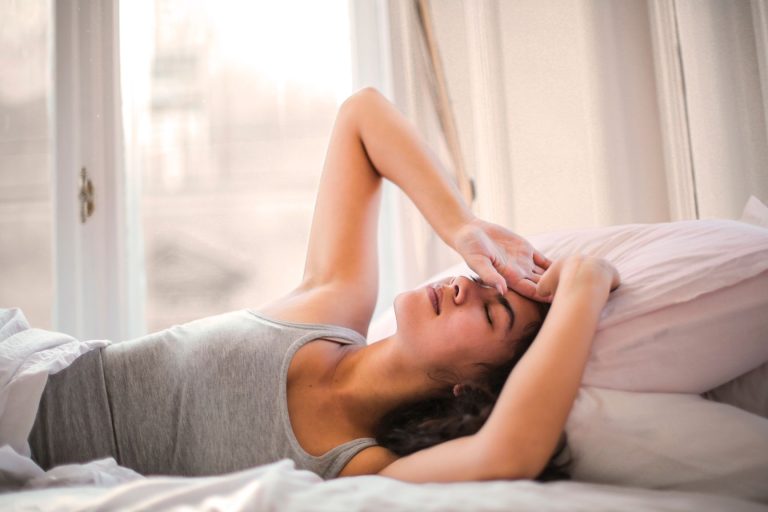
Table of Contents
Ayurvedic Oil for Joint Pain
We cannot generalize and tell that all kinds of Ayurvedic Oil for Joint Pain will help to relieve all kind of joint pain. Because proper diagnosis for the pain is important since joint pain can be caused due to different diseases. Even in some cases like Aamavata, application of Oil itself may cause pain, also these medicated oils have different medicinal properties if its not the appropriate oil for your condition, then it will not help to manage or cure the condition. So consulting an Ayurvedic doctor is important.
Ayurvedic Oil for Joint Pain will help you get rid of your pain and ease the symptoms, and is safe to use. Everyone can use it regardless of your age. Ayurvedic oil for joint pain is particularly helpful for athletes who are susceptible to muscle pain. Ayurvedic herbal oils relieve muscle pain and sprains, providing rapid and effective relief.
Some of the Ayurvedic Oil for Joint Pain can even help with long-term illnesses like arthritis, which can lead to severe pain and loss of function.
Ayurvedic Oil for Joint Pain contain a combination of herbs and oils to relieve pain. These oils have cooling or heating effects, and provide on-the-spot relief. These oils are also free of harmful chemicals, making them a safe, natural alternative to prescription medications. Conventional pain killers can cause serious side effects and damage vital organs. Ayurvedic oils contain no chemicals or additives, making them a healthy choice for joint pain relief.
Types of oils: Best Ayurvedic Oil for Joint Pain ?
Different types of ayurvedic oils are recommended for different conditions, and the best ones for treating joint pain are based on the individual constitution of the patient called as Prakruti and is also based on Disease aetiology. From the wide range of available Ayurvedic medicated oils, A qualified Ayurvedic doctor understands the exact aetiology based on derangement of Dosha’s in the body and choses the appropriate oil for the condition.
Ayurvedic oils for joint pain can be used as a topical application to relieve symptoms of arthritis, rheumatoid arthritis, Sciatica, Muscle pain and spondylosis. They are highly effective for treating joint pain, and are often combined with ayurvedic herbs for their specific effects. Ginger oil, for example, is an excellent anti-inflammatory and anti-histamine treatment. It is also a great choice for a massage.
How to use the oils: massage topical application
Ayurvedic massage is a popular treatment for pain in the joints. This ancient form of therapy uses a mixture of herbs that are both water and oil-soluble. The herbal oil penetrates the skin to the targeted area where it exhibits its effect. The oil is absorbed into the body by the skin’s pores, where it acts on cells.
Ayurvedic oils for joint pain are available commercially in retail stores and from Ayurvedic practitioners. Along with oil application, many other external therapies should be done to get the expected result. An Ayurvedic Doctor based on the disease condition may recommend such therapies along with the external oil application.
The science behind it: what makes these oils so efficient
The science behind ayurvedic oils for joint pain explains that the body is in need of certain nutrients to function properly, including those that help the joints. The accumulation of Ama in the joints results from an imbalance of Vata Dosha. This lowered metabolism leads to further accumulation of toxins in the joints, causing pain and stiffness. Ayurvedic oil application for joint pain improves the blood circulation, relaxes the muscles, provides nourishment to the connective tissue, helps to relieve inflammation or swelling, also it help to strengthen the connective tissues.
Final thoughts: the pros and cons of using ayurvedic oils for joint pain
As we age our bones and related connective tissues become degenerated, our joints become more rigid and we experience joint pain. Sadly, many modern allopathic treatments fail to address the root cause of this pain, allowing the condition to get worse. However, Ayurvedic medicine focuses on treating the body as a whole. With a simple treatment, you can experience lasting relief and no side effects.
Making daily oil application in the body a habit is recommended in Ayurveda to keep the body healthy. It will prevents the joints from degeneration, enhances the tone and improves the lubrication in between joints

